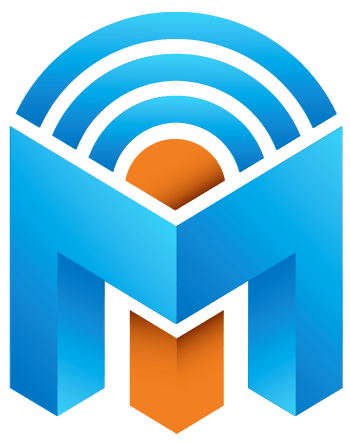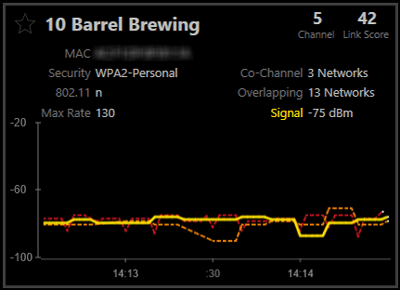


Real hackers are going to be using tools like Kismet and Aircrack to figure out the SSID before they crack your network, so whether or not a particular tool is showing the right data is beside the point.

#INSSIDER OFFICE SHOWS MAC INSTEAD OF NAME HOW TO#
We’re not going to give you directions on how to find networks with hidden SSIDs, but it’s easy enough to find all sorts of hidden networks if you grab the right tools. It’s really that simple, and there’s plenty of other tools that do the same job - many of which are even free. It’s extremely easy to find the ID for a “hidden” network-all you have to do is use a utility like inSSIDer, NetStumbler, or Kismet to scan the network for a short while to show all of the current networks out there. Obviously feature demand drives the specifications, so even though everybody eventually supported hidden SSIDs, the point is that there’s no extra protection from hiding your SSID. The SSID was never designed to be hidden, and therefore won’t provide your network with any kind of protection if you try to hide it. A wireless network has an SSID to distinguish it from other wireless networks in the vicinity. In this particular case, the 802.11 wireless spec requires access points to broadcast their SSID, or at least it originally did according to Microsoft’s Steve Riley:Īn SSID is a network name, not - I repeat, not - a password. It’s never a good sign when manufacturers create technologies that don’t follow the agreed-upon spec documents that ensure interoperability between vendors-it’s usually a way for them to make more money with vendor lock-in features that require you to buy their hardware. Wireless SSIDs Were Never Designed to Be Hidden This article was originally written years ago, but we’ve updated it and are republishing for our newer readers. If you’ve been a fan of How-To Geek for a long time, you might think you’re seeing this again.


 0 kommentar(er)
0 kommentar(er)
